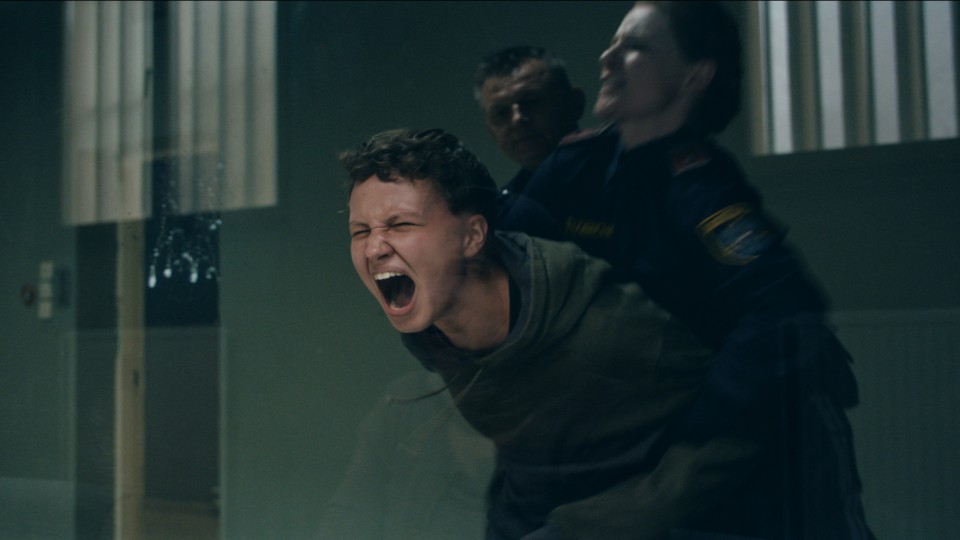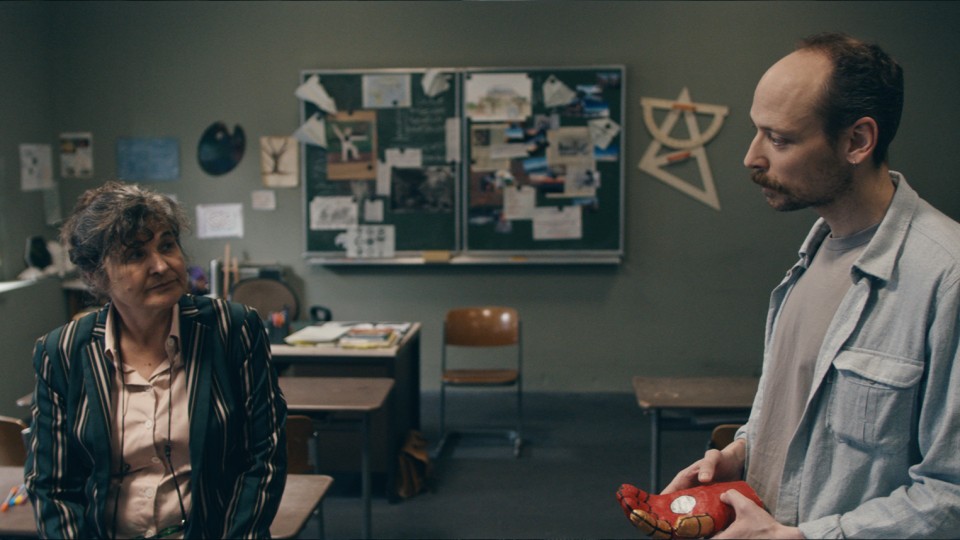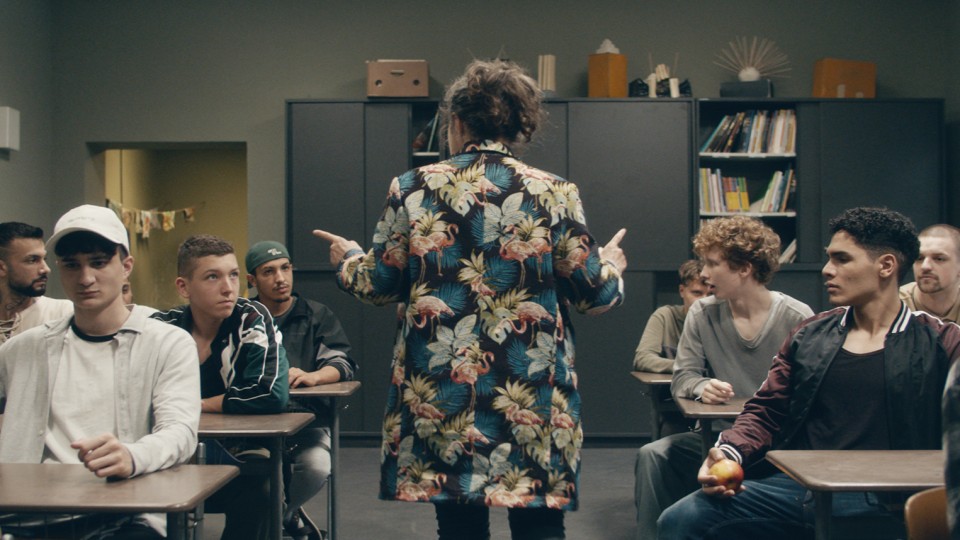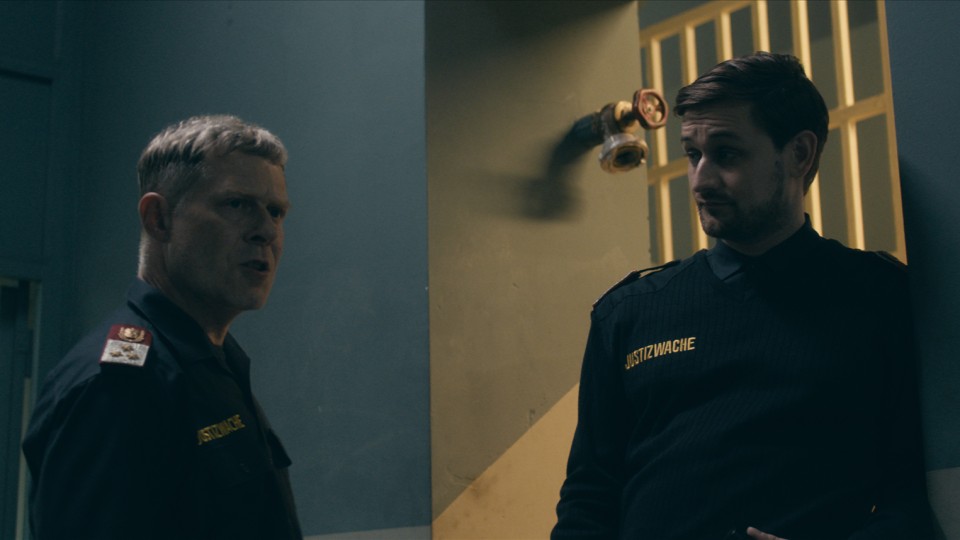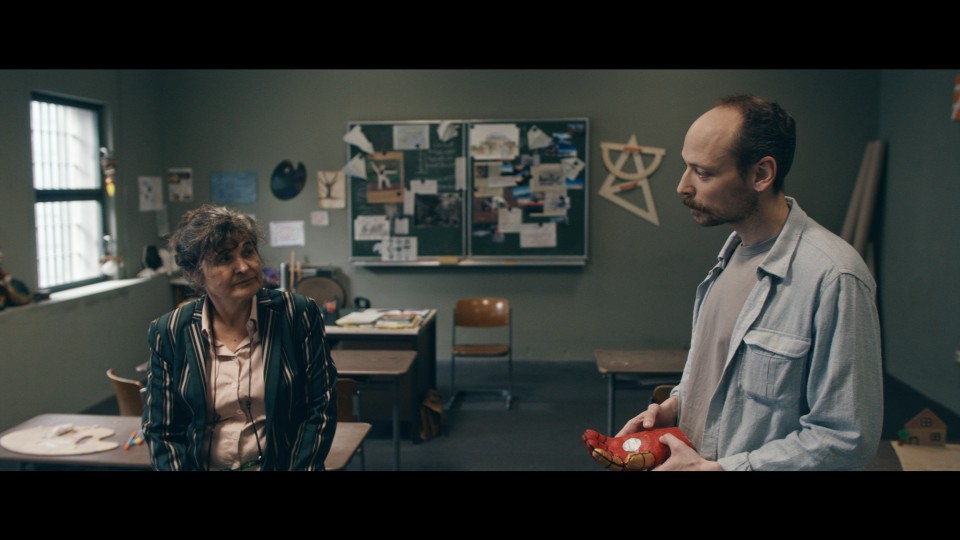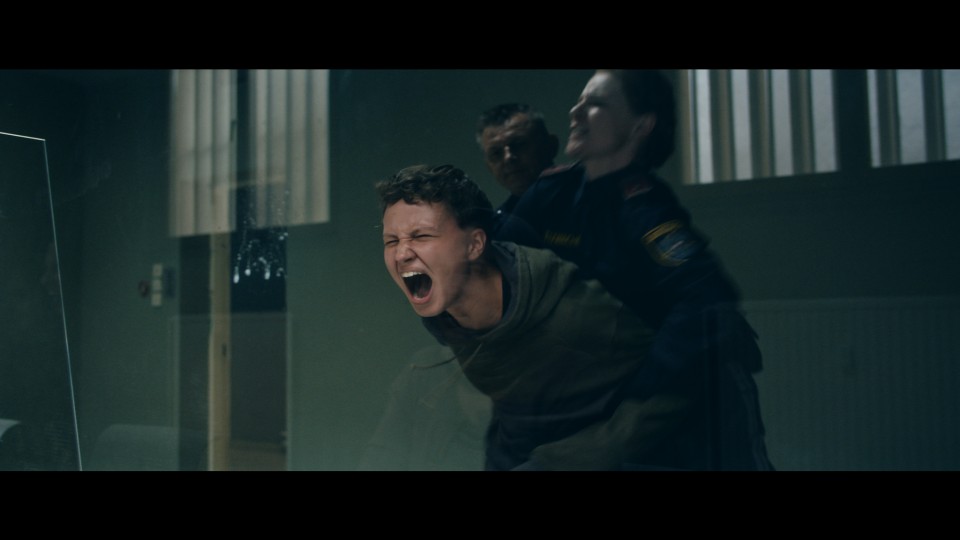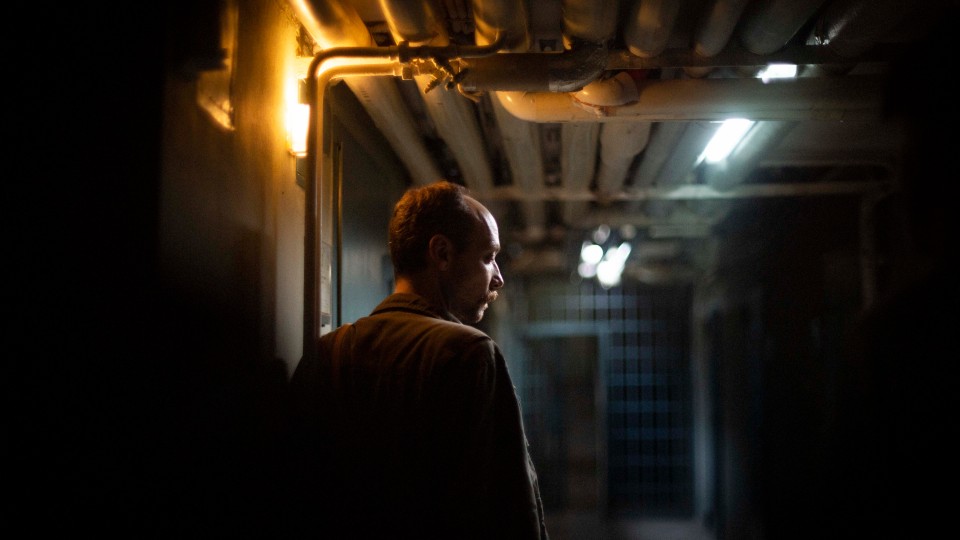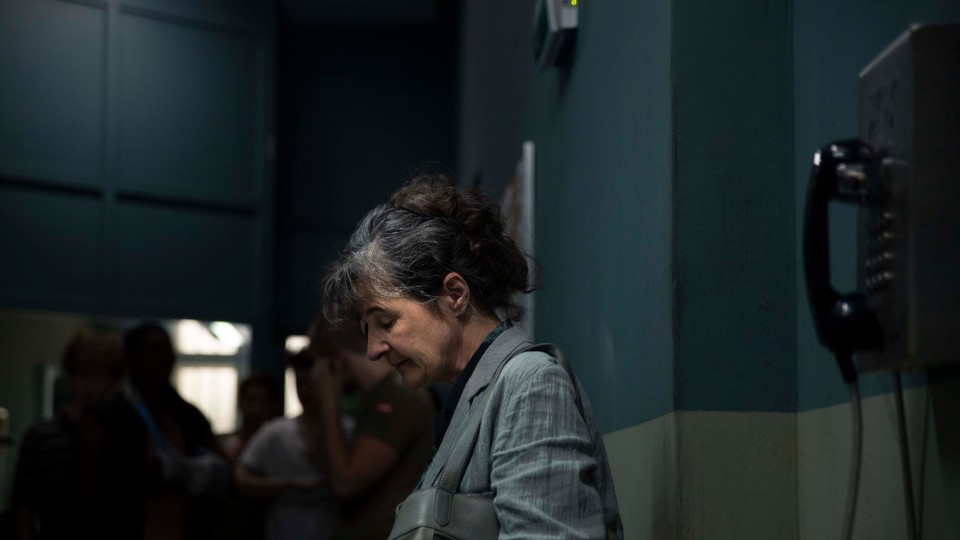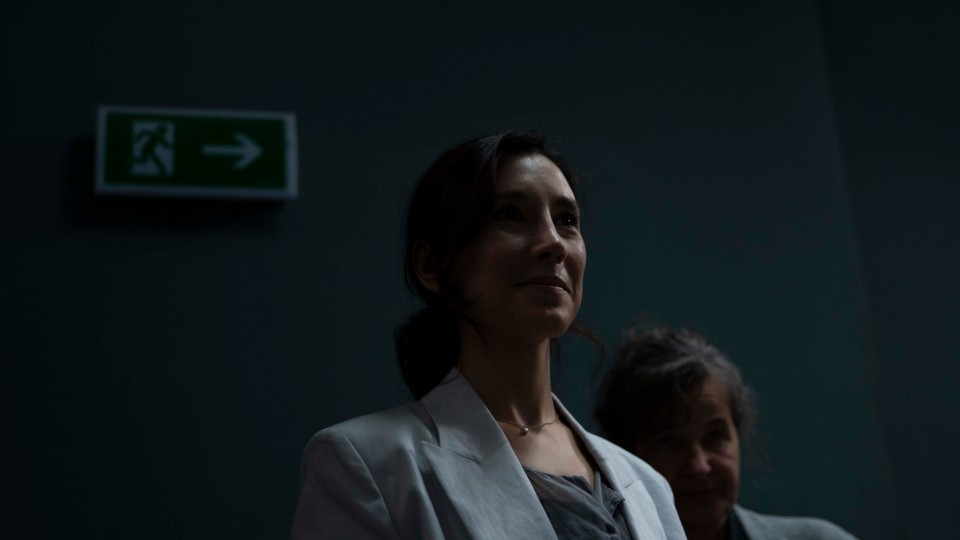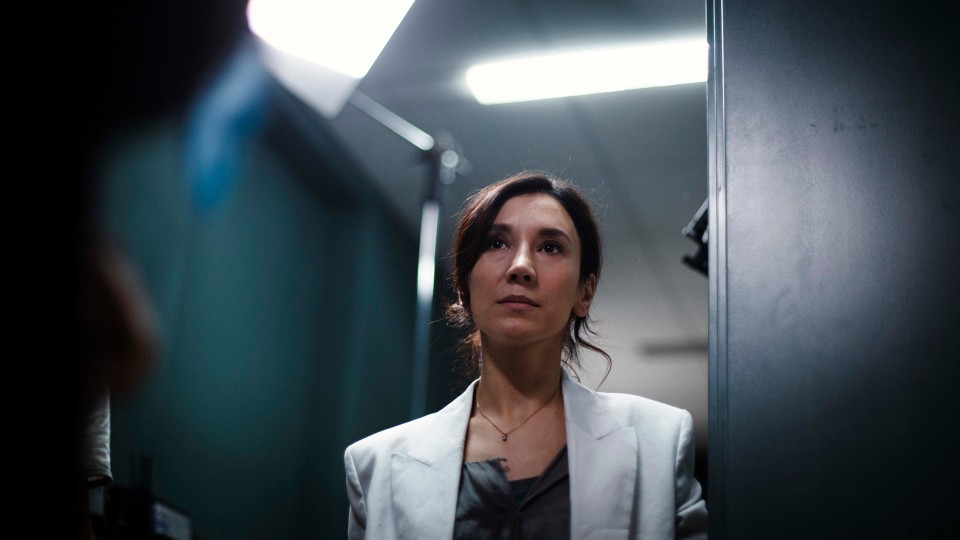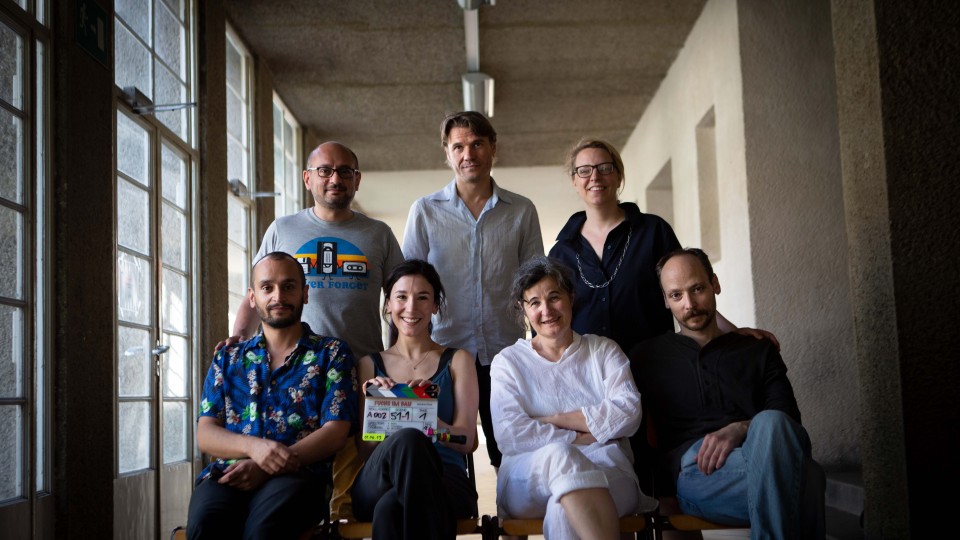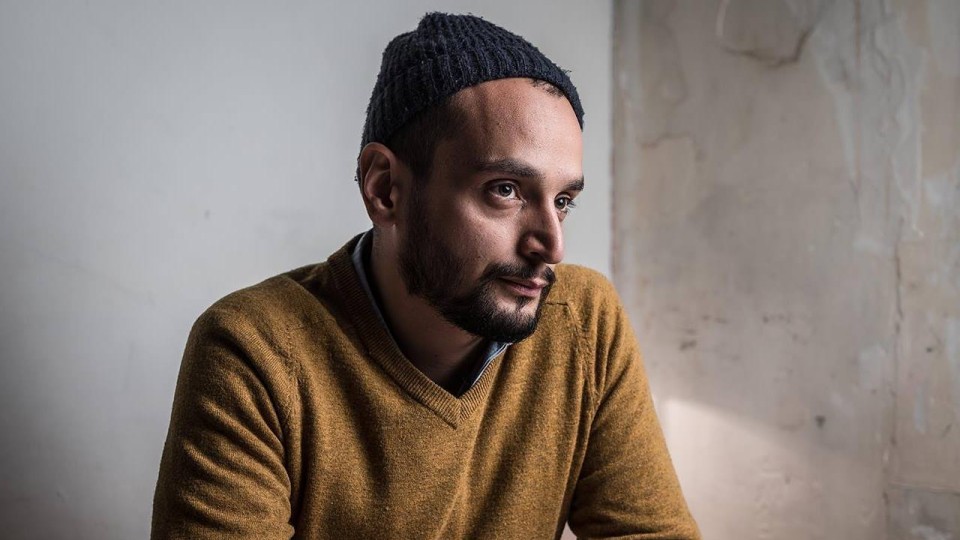Inspired by an extraordinary teacher in a Vienna prison, in Fox in a Hole Arman T. Riahi tells the story of young people who have come into conflict with the law, a system that locks them up in order
to correct them, and people who want to keep the teenager’s future open for them.
Wolfgang Riebniger is a former prison teacher who provided the main inspiration for this film. To what extent did meeting
him influence your approach to this project?
ARMAN T. RIAHI: I met Wolfgang Riebniger when I was working on my first documentary film, Schwarzkopf, which is about young rappers who are
Austrian but don’t feel any connection to this country. Some of them had been in prison, or at least had been detained for
questioning. I wanted to find out from those who’d been behind bars what had caused them to end up there at the age of 16
or 17. When I contacted the prison I was passed on straight to the prison school. That’s how I met Wolfgang Riebniger, and
I spent a long time sitting in his classes, so I could watch what was going on and talk to the kids. It immediately struck
me that a film should be made about the subject, in order to give these young people a voice. What happens behind prison walls
has always been taboo. A classroom in a prison school is a very particular space. It’s the only room in the whole institution
where the children can be free, and if the teacher is good, it can help them believe they can achieve something in their lives.
Wolfgang Riebniger had a very unconventional way of teaching. I wanted to convey this through the character of the prison
teacher in the film, Berger.
Fox in a Hole is the story of two teachers in a system which regards them as opponents of that system because of their commitment: it features
the destinies of several young characters, and it’s also about a youth correctional facility as a place to work, the structure
of the penitentiary system, the power and lack of power in those enclosed spaces. How did you deal with the growing complexity
of the story?
ARMAN T. RIAHI: There were several versions of the screenplay. Sometimes the feedback from the jury of the funding institution featured questions
like: “Wouldn’t one teacher be enough?”. Telling a narrative in an episode film is a huge challenge, and I knew it’s very
easy to get it wrong. But I really felt all the narrative strands come together in a prison, and there should be a way of
integrating the three stories as elements like fire and water. In the screenplay phase there was always give and take, with
the emphasis shifting between Berger, Fuchs and Samira. At some point I really felt I had to decide on the main protagonist,
and it was Fuchs.
Note: the German word Fuchs, as well as being a name, also means Fox.
How much of the research in the prison, about the procedures and hierarchies there, found its way into the screenplay?
ARMAN T. RIAHI: You might feel some places are exaggerated, but most of the things that happen in the film are based on real events, in many
cases the experiences of Wolfgang Riebniger. You come to understand very quickly how prison works as a hierarchical institution.
A prison teacher has to get on with the officials, but he can also exert influence vertically, on the governing board of the
prison, which would be unthinkable in a normal school. Prison teachers are specialist educationalists, and they can and must
do more things than people in a normal school. In the classroom there it’s a paradoxical situation with a very tense atmosphere
on the one hand, while at the same time it’s the only space in a prison where the young people know they can learn something
and have a kind of freedom. The alternative is their cells.
Berger and Fuchs both have a particular back story, which is told in a very brief summary in each case. More precisely in
the case of Fuchs. What was your intention with these back stories?
ARMAN T. RIAHI: The whole time I had two particular examples in mind: one of them was Wolfgang Riebniger, and the other was also a former
prison teacher, from Salzburg. Every teacher has his reasons for going into the profession, especially prison teachers, who
have chosen the hardest place to teach. I needed more backstory particularly in the case of Fuchs, so he didn’t come across
simply as an idealistic teacher. You need a reason to end up as a teacher there. Either you want to achieve something, or
you regard a prison school as a particular challenge. It’s very difficult to give those children hope, to distract them for
those four or five hours a day and give them some sense of their own value. For the prison teachers I got to know, their profession
was their lives. That’s also the case with Berger. She thinks she has to leave some legacy. It turned out in the case of Fox
that he is a fundamentally wounded person, with the sense of guilt and the desire for atonement very deep inside him. He conveys
the feeling that he deserves to be punished.
Fuchs fights for his position, but also for one of the pupils – Samira – who represents a powerful gender theme.
ARMAN T. RIAHI: I didn’t want to repeat yet again the story of bad boys who got on the wrong path. Drug dealing, mugging, sexual assault
– that’s the standard story. I came across the case of an intersexual guy, and that threw up a particular question: in our
binary system, which applies not only in prison, how do we deal with non-binary people? The state Samira finds herself in
also formed a good counterpoint to the prison system, where everything is perceived according to absolute values, where it’s
always either/or. The system has no room for someone like Samira. And I thought it was a very fine thing that she should find
someone who accepts her for the way she is – in prison of all places.
How important – and how difficult – was it to film in a real prison?
ARMAN T. RIAHI: It was extremely important and extremely difficult to find a real prison. Filming in a prison while it’s in operation verges
on the impossible. Even though we staged the situation, working there had a very special effect on us as a team, and also
on the children. I took them there before we started filming and showed them the cells where they would spend all their time.
It all rubbed off on us, and I wanted to capture as much of that as possible. After four or five weeks of filming we were
pretty nervous and tense. The whole sound design was developed on location. Before we started filming, I was on a jury and
met the French camerawoman Sophie Maintigneux, and she gave me an interesting idea as regards our approach. She pointed out
that for us filmmakers the acoustics in a prison are much more important than the visual elements: the voices, the calls,
the shouts of the prisoners, the doors opening and closing, the rattling of keys.
The camera is in motion, especially in the classroom scenes. Did you need this freedom of movement for the camera in those
narrow spaces?
ARMAN T. RIAHI: It was a fundamental decision that we should use a moving camera, which sometimes has the independence of another character.
We filmed the scenes with the young people in the classroom in chronological order, and I was afraid that having breaks to
change the set between the scenes would interrupt the flow. Our aim was to be able to film through 360° in any direction,
straight away. In terms of lighting that was possible, because we were working with a system of remote-controlled lights that
gave us flexibility and speed, and it gave me the time to focus on the essentials. After all, actors aren’t robots who can
repeat something an endless number of times – especially not kids, who are almost all non-professionals. I wanted to make
a film where the camera is free to move, and where I can move with it as if I were making a documentary film: where I don’t
need lights in order to show what I want to show. Especially because we were in a setting where the mobility of the camera
formed a counterpoint to the condition of being restrained inside a prison.
“We correct what has gone wrong in society.” The film also shows what goes wrong in the penitentiary system. Doesn’t the film
therefore raise the question of where the real need for correction lies?
ARMAN T. RIAHI: The Youth Court Support organisation works very closely with the judicial system and does extremely good work. You really
can’t blame them for anything. It’s impossible to overturn the system from one day to the next. The judicial system is extremely
underfinanced and has too few staff. But we need to think of alternative models so that these children – and 14-year-olds
are children, even if they are on the verge of adulthood – can be helped in the right direction even if they have been convicted
and imprisoned. Prison as an institution is a highly debatable concept, and it’s very important to ask some fundamental questions
about whether what happens there is right. Isolation and imprisonment are not a good solution. And you could make a start
by not putting these children in the same building as hardened criminals who are going to be inside for the rest of their
lives. At the end of the day the children are left to their own resources. The Youth Court Support social workers are the
only people who move between the two worlds, and along with the teachers, they are the only ones who can do anything. But
even the teachers go home on a Friday afternoon. I didn’t want to tell the story of some idealist passing on the torch to
a person who’s just doing his job. That’s why it needed the story of Fuchs, whose journey inevitably leads there.
Interview: Karin Schiefer
October 2020
Translation: Charles Osborne

